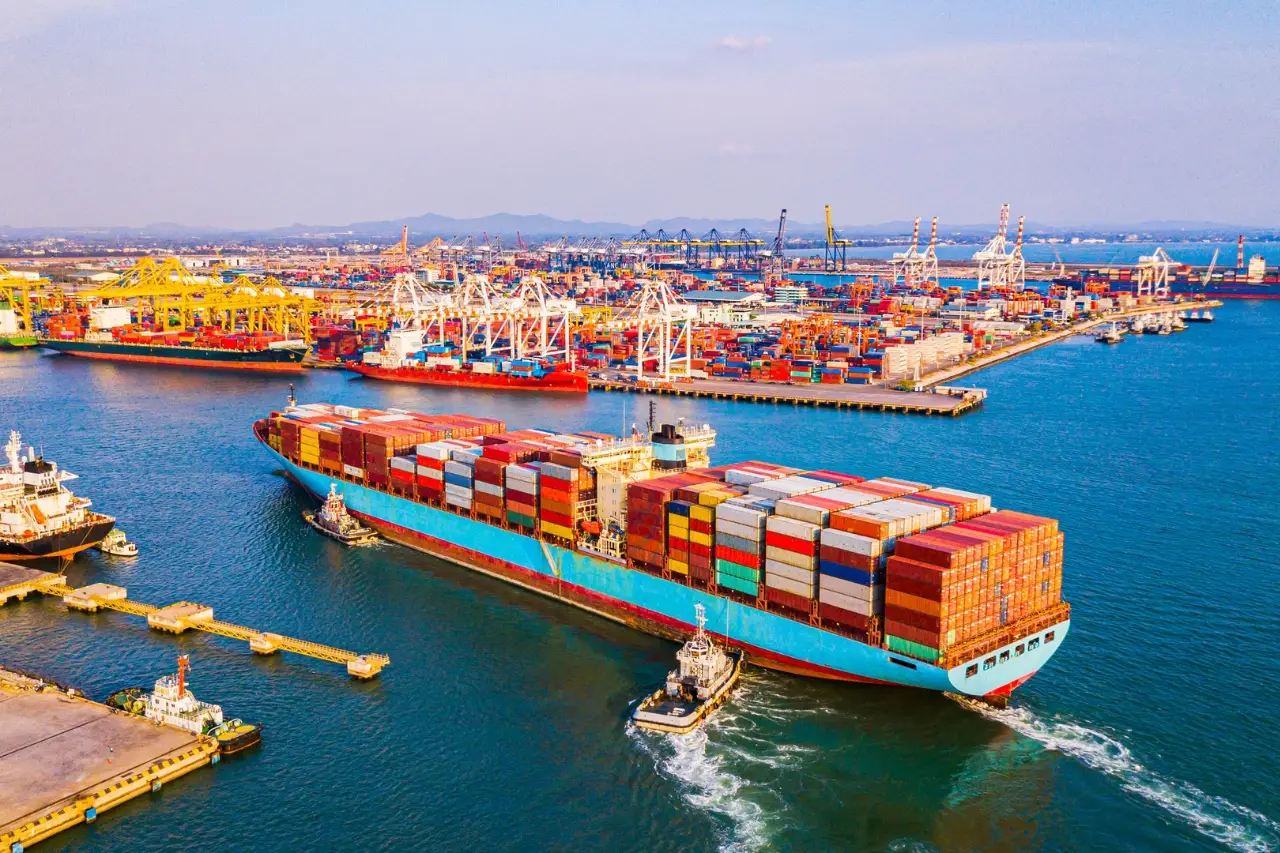By Amber Salley
Why Cost-to-Serve Deserves a Seat at the Strategy Table
Cost-to-Serve (CTS) has long been viewed as a “niche” metric—useful in theory, but too complicated or time-consuming to calculate in practice, something financial analysts or operations teams might look at once a year. But in today’s environment of margin pressure, demand volatility, and capital constraints, CTS is no longer optional. It’s essential. GAINS believes CTS isn’t a side calculation, but a strategic lever that can guide both long-term network design and real-time operational decisions.
This isn’t about turning supply chain teams into accountants. It’s about empowering them with real-time, actionable insights that explain—not just where costs happen—but why they exist and what to do about them.
What Cost-To-Serve Tells You
CTS isn’t just about tallying the cost of goods and transport. When done right, it’s a detailed look at the actual cost to deliver value to customers. This includes:
- Cost of goods
- Inbound, outbound, and last-mile transportation
- Warehousing and handling
- Import/export fees
- Inventory carrying costs
- Allocated fixed costs (like DC overhead)
Many companies confuse CTS with landed cost or inventory expense. But true CTS traces cost drivers across every flow path, customer type, and product line. It gives you visibility into how your operations behave and identifies opportunities to improve.
From Strategic Theory to Tactical Action
CTS is often applied during network design projects, like evaluating distribution center placement or sourcing strategies. With GAINS, CTS becomes more than a strategic planning tool. It becomes an everyday decision driver. Its real power emerges when used tactically:
- Identifying customers or products that affect profit margins
- Supporting customer segmentation and differentiated service levels
- Targeting cost reduction without compromising service
- Enhancing pricing strategies
In short, CTS enables smarter, faster, more profitable decisions every day—not just once a year.
What’s Held CTS Back?
Historically, CTS was impractical. Most businesses lacked the integrated data and modeling capabilities to allocate costs accurately—especially fixed and shared costs across functions like TMS, WMS, and ERP. Activity-Based Costing (ABC) is essential to moving past averages and toward actionable insight.
GAINS Makes This Possible Today
Our platform provides:
- Customizable built-in activity-based costing
- Full-spectrum modeling of your network (every leg, lane, and node)
- Seamless integration of cost, volume, and time-based scenarios
With GAINS, supply chain teams can go from data collecting to decision making without building manual models or managing a patchwork of disconnected tools. Whether you’re evaluating a new network configuration or negotiating pricing with a key customer, the insights are already there—no additional implementation required.
Getting Started Is Easier Than You Think
If you’ve got data on the cost of goods, transportation, and basic customer flows—you’re ready. GAINS can help you:
- Stand up a CTS model in days (not months)
- Refine it over time using your unique ABC rules
- Compare scenarios to see the real cost and impact of trade-offs
Start with what you have and use the ROI to fund what comes next.
From Metrics to Meaningful Moves
As Art Mesher said in our keynote at Gartner: “Niche isn’t a dirty word.” Metrics like CTS may have once been considered too narrow or complex, but today, with the right tools and approach, they’re among the most powerful levers for supply chain success. Cost-to-Serve isn’t just a number—it’s a lens that brings focus to complexity, clarity to customer decisions, and power to your planning.
GAINS provides the structure, models, and embedded intelligence to turn CTS from a theoretical idea into an operational reality.
Let’s make it actionable. Let’s use DEO to find the hidden drivers of cost—and the clearest paths to better decisions.
| About the Author Amber Salley is Vice President of Industry Solutions at GAINS, where she helps companies embrace Decision Engineering & Orchestration (DEO) to improve supply chain performance. With deep experience in supply chain planning and analytics—spanning roles as a Gartner analyst, practitioner, and consultant—Amber translates complex challenges into clear, strategic actions. She is passionate about helping supply chain leaders navigate uncertainty with clarity and confidence. |
Why CTS Belongs On Your Radar
As a CFO or CSCO, you’re under pressure to preserve margin, manage capital investment, and ensure every purchasing decision supports your strategic goals. CTS provides the visibility to:
- Understand true customer profitability
- Align operations with financial performance
- Make more confident capital investment decisions
With CTS in hand, the supply chain becomes a strategic lever, not a cost center.



